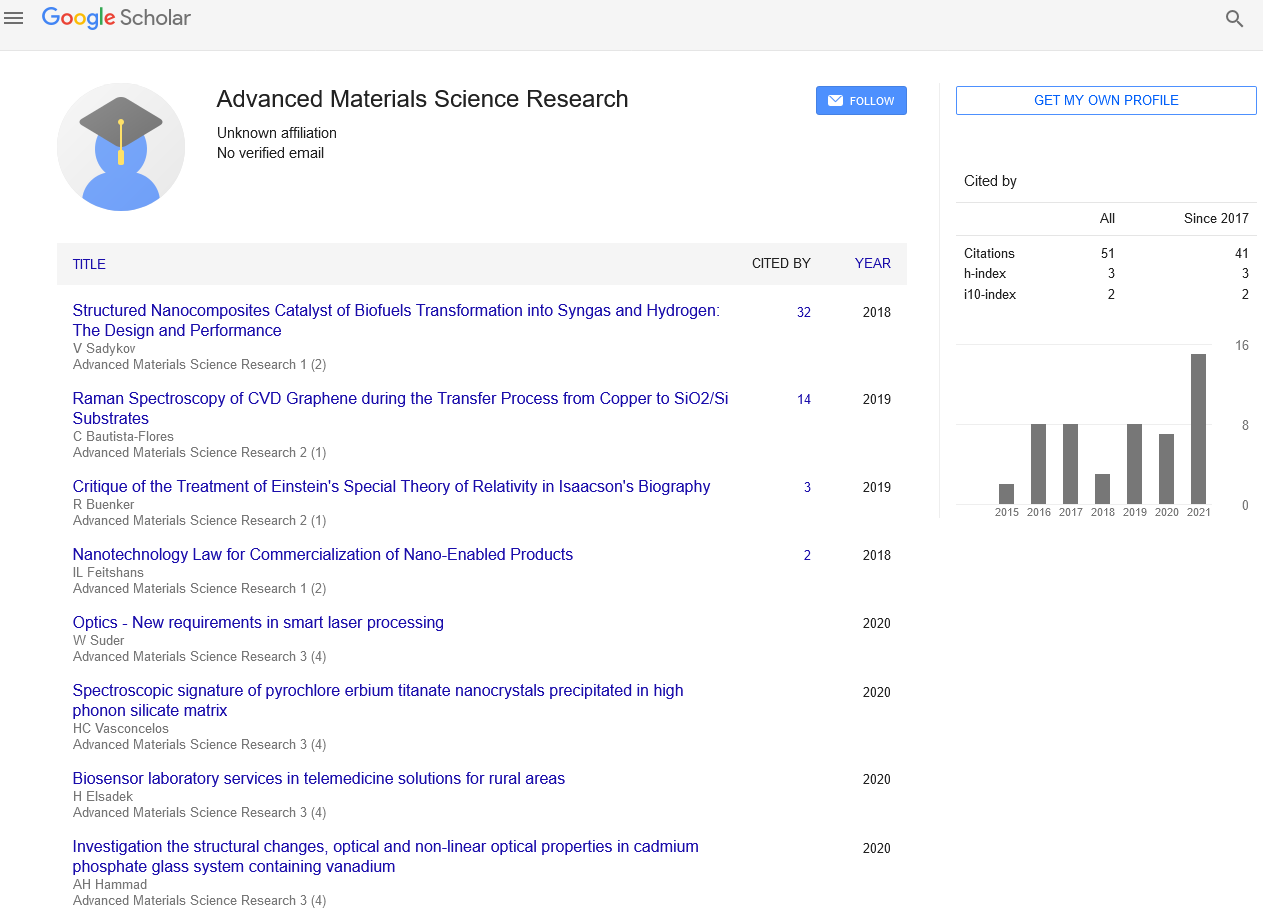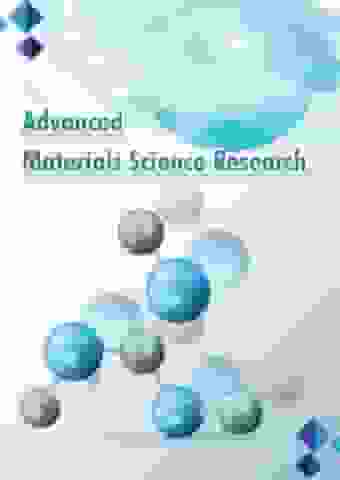Short Article - Advanced Materials Science Research (2018) Volume 1, Issue 3
Development of Technological Parameters for Food Production in PET Polymer Tare
Elena Myroshnichenko
Odessa National Academy of Food Technologies, Ukraine
Abstract
At food enterprises, for the packaging of alcoholic, non-alcoholic drinks, vegetable oils, polymeric consumer containers made of polyethylene terephthalate (PET) are very widely used. This type of container is used for preserving juices and drinks using methods:
- thermal sterilization (PET packaging is used, which withstands high temperatures);
- aseptic conservation;
- chemical preservatives.
The food manufacturer, who uses even non-hot products in this type of packaging for packaging, has a problem with vacuum deformation of the container, which occurs when the technology parameters are violated. The presence of vacuum deformation in a polymer container with a product leads to its non-commercial appearance (the side surface of the container can be pulled in, the bottom of the bottle becomes convex and the container loses stability), the manufacturer also has problems with the sale of finished products, storage and transportation. Production studies were conducted, as a result of which technological methods were proposed for eliminating the phenomenon of vacuum deformation of polymer consumer packaging
The vacuum deformation of a PET plastic container when packing liquid, not hot, homogeneous, calm products is caused by several reasons:
- use in production of a thin-walled polymer bottle (insufficient wall thickness of the bottles);
- mismatch of the topography of the container body to technological conditions (the required number of stiffeners on the surface of the bottles);
- temperature difference between the product and the conditions of its packaging;
- the absence of excess pressure or an uncritical amount of vacuum in a hermetically sealed bottle;
- insufficient value of the degree of filling of the container with the product.
Upon receipt of polymer packaging at the enterprise, it is necessary to control the wall thickness and the mass of bottles. The value of these indicators should correspond to the normative values in accordance with the current technological documentation. If an enterprise producing polymer containers from a preform needs to be controlled by the mass of the preform itself, the weight of the preform is determined mainly by the final capacity of the finished bottle to be made from this preform, as well as the wall thickness of the bottle. The wall thickness of the finished bottle should prevent the occurrence of vacuum deformation of the container.
The surface relief of the polymer bottle depends on the design of the mold for blowing the bottles in the appropriate equipment. Therefore, this issue must be monitored when purchasing this equipment. The shape of the bottles, the surface topography should initially meet the necessary technological requirements for containers in production, since replacing the mold for blowing bottles will lead to an increase in the cost of finished products.
When filling the product into this type of container, it is necessary to control the difference between the temperature of the product and the temperature conditions during its packaging (temperature in the technological workshop, bottle temperature, room temperature for the product storage, product filling temperature. The temperature difference should not exceed the standard value, therefore, it is necessary to technically control the desired values of this parameter and use technological methods to maintain it (heating or cooling the product, maintaining desired temperature in the production room, etc.).
To prevent vacuum deformation, an inert gas can be introduced into the bottle with the product when corking and excessive pressure can be created inside the sealed package, which will not allow changing the negative shape of the container — the process of displacing oxygen from the container and replacing it with an inert gas (nitrogen). This technology reduces the level of oxygen in the container, thereby reducing the degree of oxidation of the product with atmospheric oxygen, which helps to improve its consumer properties (taste, color, consistency), extend the shelf life, and improve the presentation. Overpressure in the container contributes to:
- an increase in its rigidity, which makes it possible to form transport bags that are more overall in height with products in PET bottles, without fear of deformation of the lower layer of the product;
- reduce logistics costs;
- prevent vacuum deformation of the PET packaging during packaging of products - a calm product is packed in a PET bottle and immediately sealed, while the pressure in the hermetically sealed bottle with the product is higher than atmospheric, which prevents vacuum deformation of the container, if the pressure in the container is much lower than atmospheric, then the side the surface of the bottle is retracted, the shape of the container becomes non-standard and vacuum deformation occurs.
The control of the degree of filling of the container with the product will prevent packaging deformation. This is the most effective factor in solving this problem. The degree of filling of the container with the product is the difference between the full volume of the bottle and the volume of empty space in the container. Calculations and studies have shown that the relationship between the degree of filling and the occurrence of deformation of the bottles is this: the higher the degree of filling of the container with the product, the smaller the volume of the space that is not filled with the product, the lower the vacuum value and the less the likelihood of vacuum deformation. But this indicator affects the net mass of the product in the container, so there should be a correlation between these indicators.
The target industrial consumers of this technology are food enterprises using PET polymer consumer packaging for filling homogeneous, nonhot products. An analysis of the literature data and conducted industrial studies and tests allow us to conclude that a number of factors affect the choice of the type of polymer packaging for its use in food technology:
- food production technology;
- product range; - chemical composition of the product;
- a method of protecting food from spoilage;
- initial technological and technical characteristics of containers, etc.
Only a comprehensive accounting of these positions will allow you to get a high-quality finished product.
References
- Polymer packaging https://znaytovar.ru/s/Polimernaya_tara.html
- Types and types of polymer packaging. Allbest Knowledge Base https://knowledge.allbest.ru/marketing/3c0a65635b2ad78b5c43b88421 306d37_0.html
- Packaging https://www.kp.ru/guide/pishchevaja-upakovka.html
- Verkhivker Ya.G., Miroshnichenko E.M. Development of parameters for the conservation of tomato sauces and ketchups in a polymer container // Electronic scientific journal “Archivist” (RINI). 2016. No. 10. P. 56-60.
- Flaumenbaum B.L., Tanchev S.S., Grishin M.A. Food Preservation Basics: A Textbook. M .: Agropromizdat 1986. 496 p.

